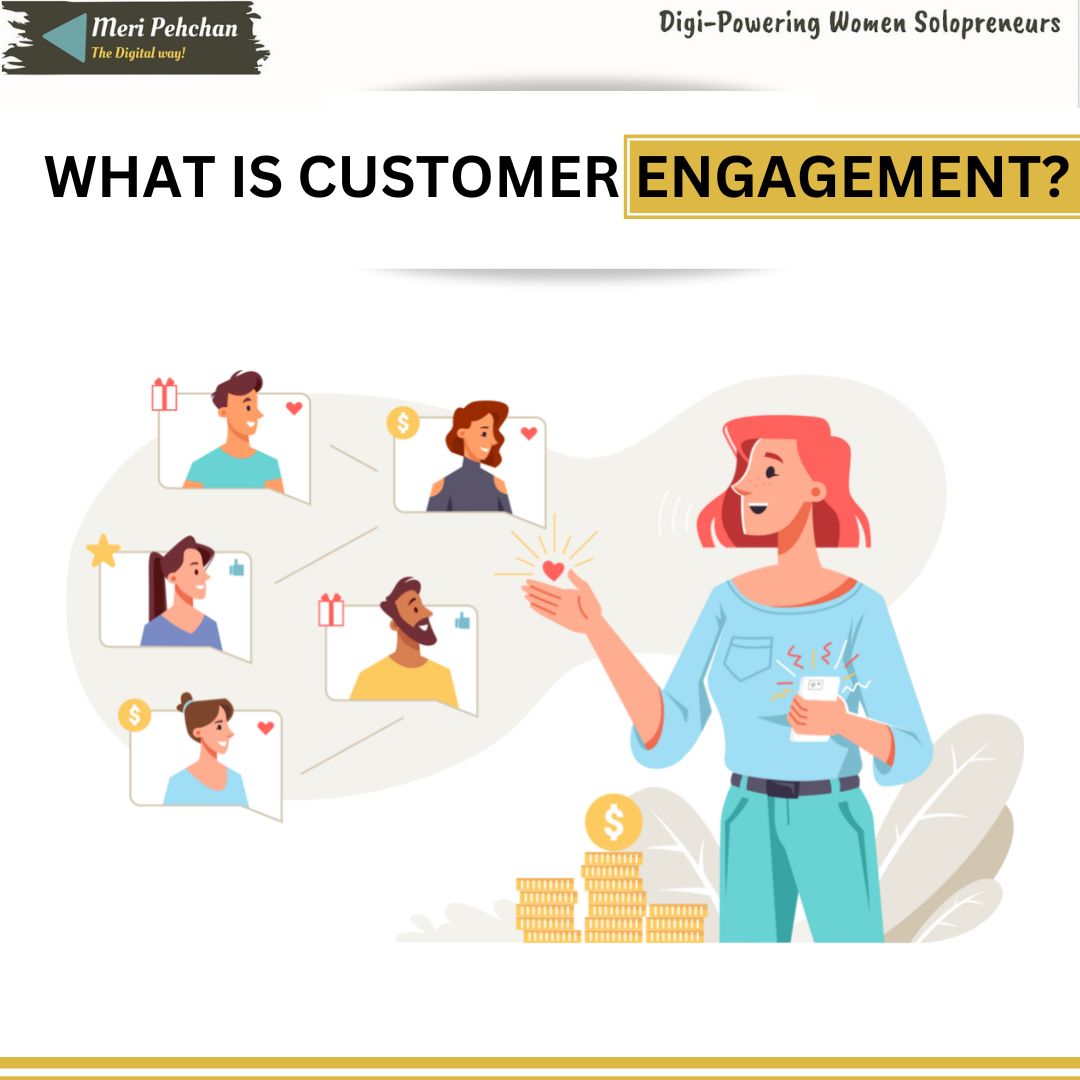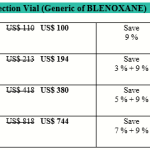What is Customer Engagement?
This generation of customers expects brands to anticipate their interests and preferences to suggest products to them. Women entrepreneurs can even gain marketing knowledge by observing companies in their neighborhoods. For instance, OTT platform Netflix. Netflix uses viewer behaviour and preferences to tailor content to their interests. It prepares a recommended list and confirms the preference percentage match – all to set a standard for personalized customer engagement.
Now, solopreneurs would be curious to understand – the link between Netflix’s recommended list and their business.
The answer lies with customer engagement. In an emotion economy, customers’ engagement is valued more than their purchases.
To understand the analogies between customer engagement and the success of a business, let us first understand the concept of customer engagement.
What is Customer Engagement?
Customer engagement is the process in which a business develops a relationship with their customers to increase brand loyalty and awareness. This can be done through marketing efforts, including creating newsletters, posting new content on a website, and reaching out to customers through social media and mobile devices.
What are the Benefits of Customer Engagement?
There are several direct and indirect benefits of customer engagement. Some of them are:
1.Improved Customer Relationship
In digital, maintaining a strong customer relationship is challenging. Many good brands bridge the gap with regular communications, newsletters, and messages.
2. Boosts Customer Loyalty
Each customer wants to be heard, appreciated, and welcomed. Several eCommerce companies engage with customers post-sales. They encourage customers to submit their reviews and suggestions. As a result, customers feel important and inform others about the brand as well.
3. Generates opportunities for upselling
It is easy to up-sell products to loyal customers. Data suggests that the likelihood of selling to a new customer is just 5-20%, whereas the probability of up-selling to an existing customer is 60-70%.
Upselling saves efforts, time, costs, and helps brands earn more. By analysing consumer trends and data, brands can easily assess product performance and prepare a product recommendation list for customers.
4. Helps to understand customer behaviours
Engaged customers provide many opportunities to understand customer behaviour. In today’s competitive market, anticipating customer preferences is a major challenge.
For instance, one solopreneur sells home-baked cakes through a Facebook page. As Christmas is coming up, she wants to make sure she has enough products on hand so she can sell cakes without losing money. So, she posts an image of chocolate and walnut rum cakes on her Facebook page and asks the audience to vote for their favourite flavour.
Some of her customers will leave comments about their favourite flavours. This will help in two ways.
- First, she will get clarity about her customer’s tastes.
- Second, Facebook comments will increase the post’s impression.
Conclusion
We want our readers to look for ways to push customer engagement. Find out ways, create customer engagement strategies, and get success in your ventures.
If you have any questions, please contact MeriPehchan – a Business Bio Website venture that helps businesswomen create a successful branding strategy.
Author
Rajni Gobhil
Founder: MeriPehchan.Me
Creating Bio Websites & Helping Women solopreneurs/ homepreneurs in Branding & Communications.
Connect at: contact@meripehchan.me









